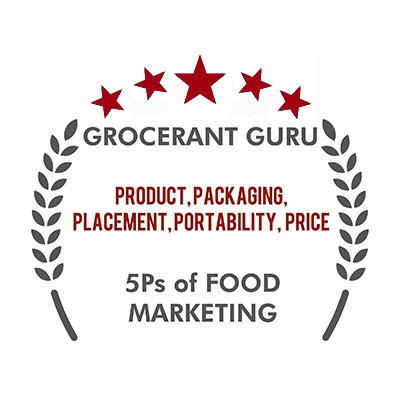Grocerant niche Ready-2-Eat and
Heat-N-Eat fresh prepared food had been driving customer adoption and migration
in every sector of retail food sales for the past 9+ years. Combine that with forced home confinement
during the pandemic and now inflation is there are you asking your self What
Next?
If your year over year customer counts
are down or trending flat you know that your customers are eating somewhere
else. Let’s face it, American consumers
are not all losing weight. Man-Up your customer are moving on.
According to Steven Johnson Grocerant Guru®
at Tacoma, WA based Foodservice
Solutions®, consumers are dynamic not static. They don’t want to take the time to cook from
scratch, don’t want to do dishes night after night. They want full flavored food from around the
world not just next door. On top of
everything else, consumers want there meal fast and or delivered.
While Foodservice Solutions® is the
global leader in Grocerant niche research and Foodservice Solutions® Grocerant
ScoreCards set the industry standard. NPD excels at evolving eating patterns. Let’s see just what they have found and I
hope it can help you evolve your food retail programs.
So, according to a recent report by The NPD Group, "The rate of change in U.S.
consumers' eating behaviors continues at a dizzying pace," said David
Portalatin, report author and NPD food
industry advisor. "Anyone hoping to return to normal must understand that
there is no normal, only an ongoing evolution as we respond to new
realities."
According to the recently released 2022
edition of "Eating Patterns in America," six macro themes are shaping
the new realities of food and beverage consumption behaviors:
1. Economic transition — Consumer spending experienced a stimulus-fueled surge in
2020 and 2021 that extended into the first quarter of 2022, after which
inflation and economic uncertainty rose to the forefront. The positive and
negative disruptions in the past few years could make year-over-year economic
metrics less straightforward than they would ordinarily be.
2. Inflation — Consumers are unlikely to reduce their food and beverage
consumption in the face of inflationary pressure, but they will find ways to
manage and allocate their food dollars. Inflation is more moderate for food
away from home than food at home, with the typical restaurant meal costing 3.4
times more than in-home food sourced from retail, according to the report. To
offset rising food costs, consumers are hunting for bargains when they shop for
groceries, eating more meals at home, and cutting back on restaurant visits.
3. Income bifurcation — The difference in behaviors among income groups is a key
theme shaping the food and beverage landscape. Trends of upper- and
lower-income consumers are starkly divergent, and income bifurcation has
profound implications for the total share of stomach trends, retailer and
restaurant choice, dealing and promotions and brands vs. private labels.
5. Total wellness — Consumers are finding a balance between foods that
contribute to their physical well-being and foods that serve more emotional
needs. They are increasingly in tune with the functional attributes of various
foods and beverages that can contribute to both sides of this equation.
6. Return to convenience — Going back to school and work create time pressures for
home cooks and foodservice customers alike. While home-centricity remains more
prevalent, the return of mobility reintroduced the need for speed and convenience.
For some occasions, this means a visit to a quick-service restaurant, but for
others, consumers want to retain their new at-home capacity while incorporating
some shortcuts or time-saving techniques.
"America's eating patterns are
shifting to adjust to new realities, and food manufacturers, foodservice
operators, and retailers will need to adjust their offerings and services
accordingly," Portalatin said. "Although the one constant is change,
there is a constant to count on: the U.S. consumer will always need to eat, and
then it's a matter of figuring out what, how, when and where." Not bad,
thanks NPD.
Foodservice
Solutions® team is here to help you drive top line sales and bottom-line
profits. Are you looking a customer ahead? Does your messaging look more like
yesterday that tomorrow? Visit GrocerantGuru.com for more information
or contact: Steve@FoodserviceSolutions.us Remember success
does leave clues and we just may the clue you need to propel your continued
success.
Do you Want to Build a
Larger Share of Stomach?




















